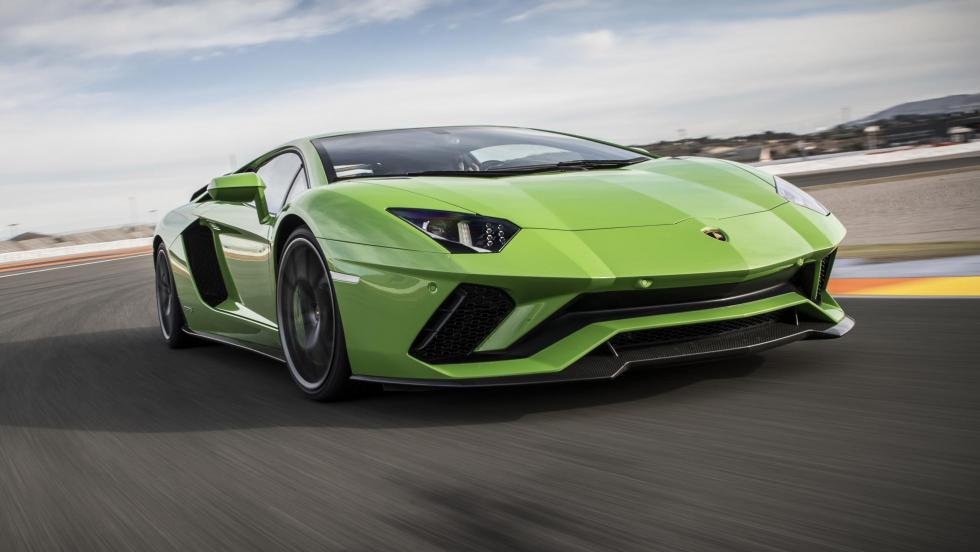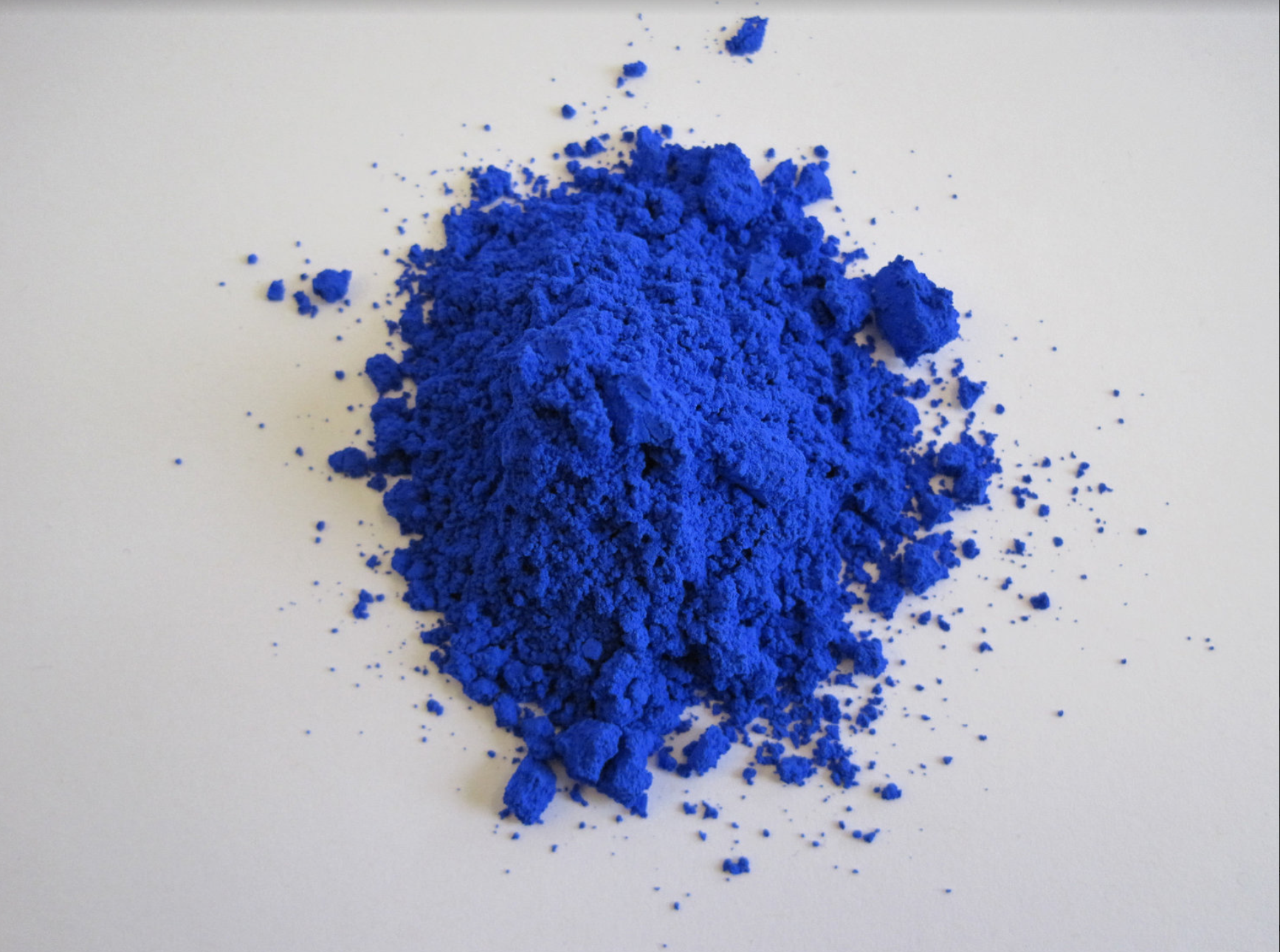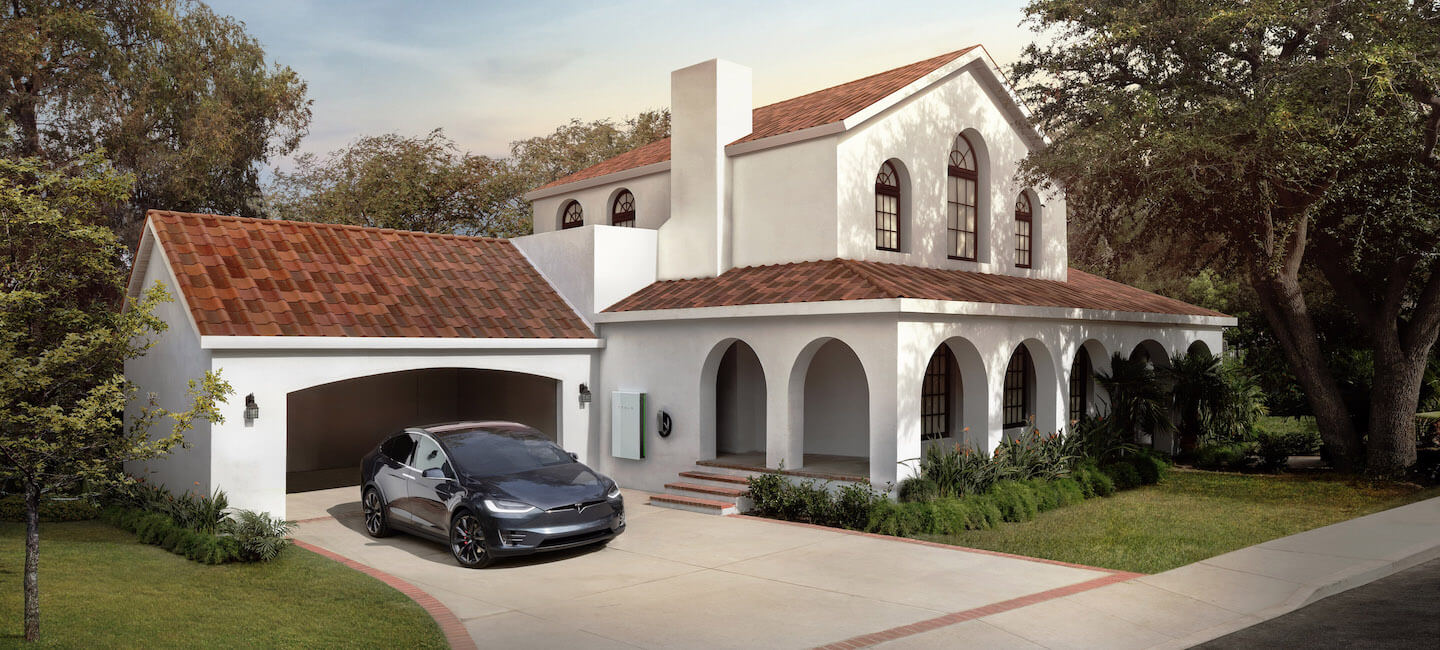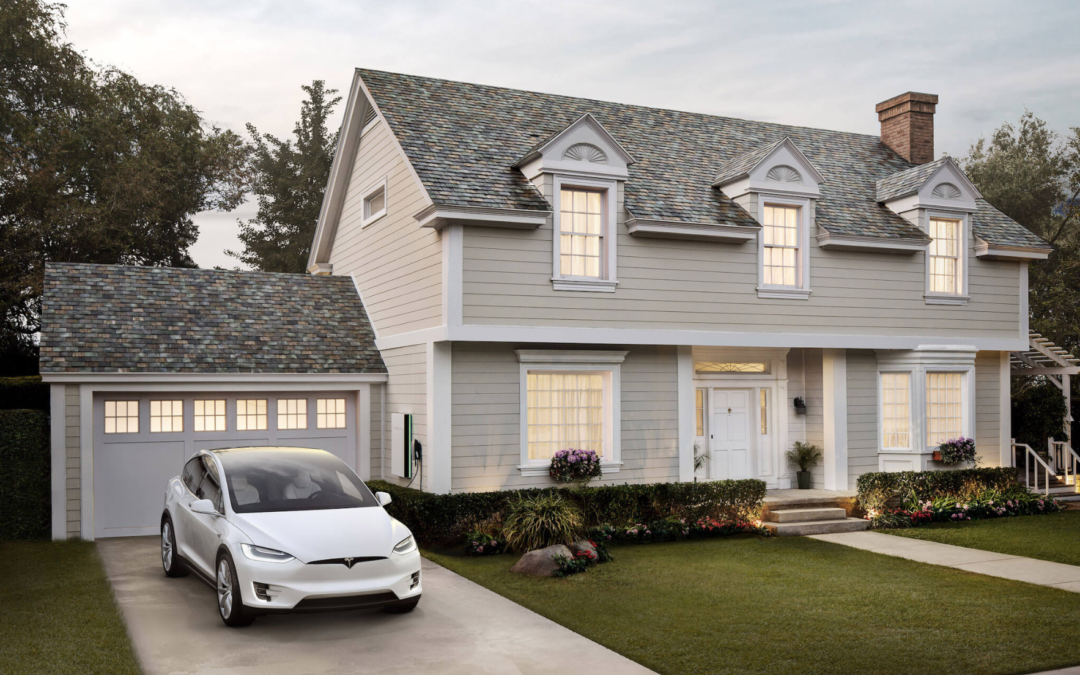What Does the Future of Design Look Like?
Fully-immersive, hands-on experiences like Virtual Reality and 3D-printing are making design much more accessible. As the general public becomes more sophisticated in their aesthetic preferences and understanding of the necessity for quality products, there is a trend towards Sustainable Design and customization. And with more millennials entering the workforce, cities are booming and telecommuting is on the rise, which has many wondering if workspaces and offices will eventually disappear entirely.
Having recently spoken on a panel about the Future of the Workplace at Dwell on Design in Los Angeles, we’ll argue that office spaces aren’t going to cease to exist just yet. But one thing is for sure: the line between work and personal life continues to blur and the future of design is going to be dependent upon our ability to adapt accordingly.
So what creates structure in a structure-less environment? What does the future look like? Enter more multi-disciplinary home offices, coworking spaces, multi-use and modular, community-centric environments–spaces that are economically and environmentally conscious. These are the design trends shaping the future of a brighter, more sustainable future:
The Future is Bright!
Sustainability, modern design, and minimalism all share an aesthetic connection. The materials we use and the colors we source them in are often dependent upon environmental necessity. And when predicting design trends, it’s often a good idea to look towards the automobile industry.

Take popular color trends, for example: the car industry is worlds ahead of many others in color technology, in creating colors that can withstand weather and last a long time, which is why you might have noticed an increase in bright green cars (outer-borough New York taxis, or on zippy sports cars, for example); or perhaps you’ve noticed more crimson-red colored vehicles that don’t fade into a tomato-red in the sun like older models would (And both Greenery and Marsala-Red were recent selections for Pantone’s Color of the Year).

Brighter colors are also historically used in traffic control, in and around cars for safety purposes (Think Stop signs and car blinkers, crossing guard vests, etc.) Don’t be surprised if you start seeing a lot of bright blue! YInMN (Yes, you read that jumble of letters correctly)– the most recent shade of blue to be discovered in 200 years has been synthetically crafted in a lab and has recently become available for commercial use.

The Future of Sustainable Design is Vertical!
As a response to advancements in medicine and globalisation, populations are increasing and living longer, which means more vertical building to account for everyone. We’re losing horizontal outdoor spaces: less backyards, less gardens, but as a response we’re seeing a movement towards lots of plants indoors, and vertical wall gardens
Vertical wall gardens are a wonderful way in which people can grow their own produce or just improve the air quality in congested cities. As the line between indoors and out is blurred, vertical gardens seamlessly bring the outdoors in.
Tesla’s solar roof panels have recently become available as well, making it easier than ever to harness solar energy in a sustainable fashion. With a focus on the aesthetic design, Tesla’s tiles also make it more incentivizing for home owners to harness the power of the sun.

The Future of Sustainable Design is Flexible!
As a culture we’ve become accustomed to fast-fashion and instant-delivery; knock-off products that may look great initially, but are ultimately unsustainable. As a response; however, the general public becomes more aware of the process of creating products and services, we’re beginning to see more of a push back and demand for authenticity. The compromise of the cultural demand for instantaneous delivery, customization, and quality that is economical sound cultivates in the form of technologies like 3D-printing. Take a look at the time lapse below of an entire home that was printed in 24 hours:
Right now there are still limitations: manufacturing 3D-printed products with multiple materials at a time is still being developed, which does mean mixed materials will be out as a trend for the foreseeable future. In the meantime, this will result in more monochromatic, “futuristic,” minimalist aesthetics overall, and will generate less waste by using only the exact amount of a material necessary.
This blog post is a part of Design Blogger Competition organized by CGTrader #DesignForFuture




